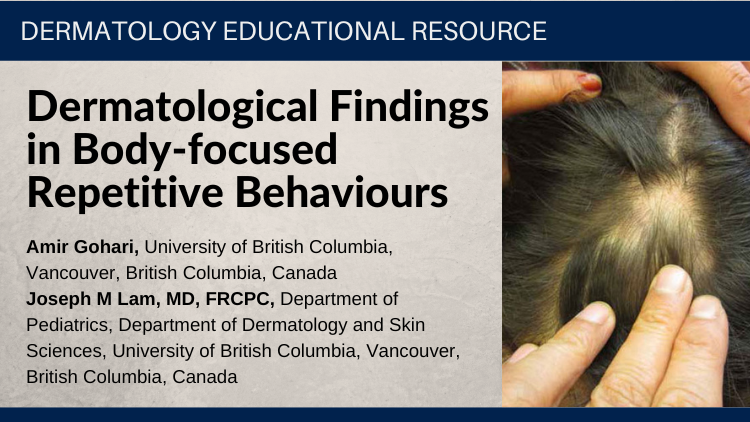The weekend prior to my writing this editorial, skin was featured prominently in the Sunday New York Times magazine. However, the articles were more like a commentary on society than a treatise on skin care. One article concentrated on plastic surgeons and how their major interventions were now nonsurgical and focused on skin. Botox (botulinum toxin) injections, collagen injections and dermabrasion procedures were reported as being more commonly performed by plastic surgeons than their previous mainstays: breast augmentation and liposuction. One surgeon commented on how advances in science had improved the field of cosmetic surgery, such that face-lifts, in particular, were no longer required. Several seemed inordinately proud of the recent publication (as yet unverified) that stem cells could be isolated from fat cells harvested by liposuction. The second article talked about the New York dermatologist who helped popularize Botox injections. It mentioned her indulgent life style, by extension making her procedure seem indulgent as well.
However, skin is not just a cosmetic organ. As our largest organ, it is vital to our health, and serious diseases of the skin are not uncommon. The elderly are particularly prone to these diseases and accurate diagnosis and management are important. Dr. Lester discusses Bullous Pemphigoid, a serious blistering disease that is almost exclusively seen in the elderly. Recent studies have expanded the treatment options for this condition. Skin cancer is also more common in the elderly, at least partially because of longer exposure to the sun. Dr. John Adam of Ottawa discusses this topic in detail. Dr. Scott Murray tackles the ubiquitous, but challenging, problem of dry skin in the elderly. Skin manifestations of systemic illness are also very common in the elderly, and the dynamic duo of Dr. Gary Sibbald and Dr. Madhuri Reddy address the topics of pressure ulcers and diabetic foot ulcers.
Also in this issue is an article by Cynthia Westerhout and Eric Boersma, from the Department of Cardiology at the University Hospital Rotterdam and the University of Alberta on glycoprotein IIb/IIIa in percutaneous coronary intervention. This is one of those areas where basic science investigations (in this case, on platelet function) rapidly led to important therapeutic advances.
When I saw Dr. Chris MacKnight's article on acetylcholinesterase inhibitors in the treatment of Dementia with Lewy Bodies, I thought of a chart review I had just completed on a patient (not mine) who had died in hospital. When looking at the entire chart, it was obvious that the patient's confusion with fluctuating course, Parkinsonism and falls were likely secondary to this disorder, but the diagnosis was not made. There is now solid evidence that this disorder is common and can be diagnosed reasonably accurately (e.g. data from Bristol, UK). Unfortunately, there is also evidence that in most places the diagnosis is not made accurately (neither specific nor sensitive). As therapy for this disorder evolves, accurate diagnosis will be vital to ensure that our patients benefit.
Finally, Dr. Rory Fisher, Director of the Regional Geriatric Program of Metropolitan Toronto, has contributed an excellent article on the role of specialized geriatric services in acute hospitals.
In response to last year's readership survey, the next issue will focus on Nutrition in the elderly. We'll also announce the prize winners from this year's survey. Remember to look for your name!
Enjoy this issue.

